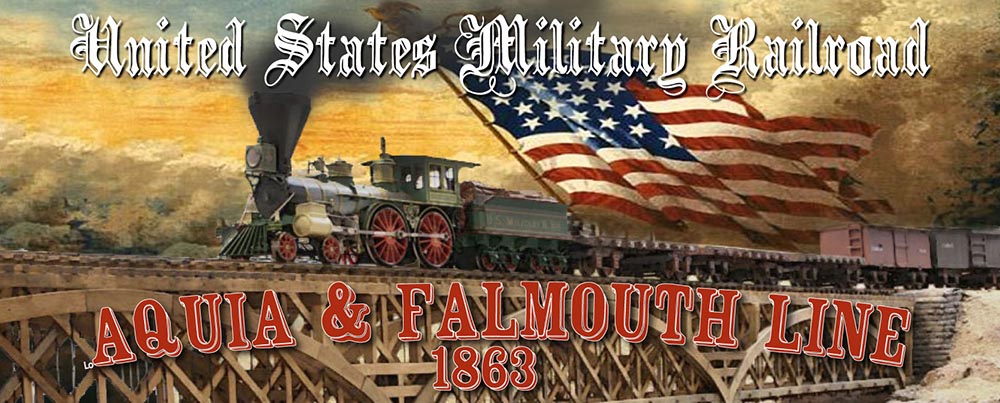Historically, food and forage made up most of the bulk and weight of supply until the 20th century, when, with mechanization and air power, fuel displaced forage and became the principal component of supply. However, the demand for food remains unremitting and undeferrable, the one constant of logistics. A man’s daily ration makes a small package—seven pounds and often much less. But an army of 50,000 may consume in one month as much as 4,500 tons (4.1 million kilograms) of food.I find the weight comparison between a WWII division and a 19th century division surprising, especially when one considers how heavy the vehicles in a WWII division were compared to a civil war unit.
Animals require much more. The standard grain and hay ration in the 19th century was about 25 pounds (11.4 kilograms), and the daily forage ofa corps of 10,000 cavalry weighed as much (allowing for remounts) as the food for 60,000 men. Forage requirements tended, moreover, to be self-generating, since the animals needed to transport it also had to be fed. The number of animals accompanying an army varied widely. Napoleon’s ideal, which he himself never attained, was a supply train of only 500 wagons in an army of 40,000; with a corps of 7,000 cavalry, this would amount to about 10,000 animals exclusive of remounts and spare draft animals. Northern armies in the American Civil War commonly numbered half as many animals as soldiers. A force of 50,000 men might thus require more than 300 tons (272,000 kilograms) of forage daily. This was more than twice the weight of gasoline that an equivalent force of three World War II infantry divisions, using motor vehicles exclusively, needed to operate for the same length of time. In the latter case, moreover, fuel requirements diminished markedly when an army was not moving, whereas the premechanized force had to feed its animals whether moving or not. It was the immense forage requirements of premechanized armies, more than any other single factor, that restricted warfare before the 20th century so generally to seasons and climates when animals and men could subsist mainly on the countryside.
Note the wagons waiting to be loaded with the stacks of forage (bales of hay). This scene is on the forage wharf at this City Point, where they built a special wharf just for forage.
Combined with the information from the previous post, one can see that forage, i.e. food for the horses, mules and oxen used by the army, is the major component of military transport. Period photos show schooners loaded to the bottoms of their main sail spars with stacks of forage. The supply base at City Point, VA had a large wharf devoted to just forage. I have not found evidence of a dedicated forage wharf at Aquia. Nonetheless, forage will be the major commodity shipped.



Hello,I have come across some information the the hay bales may be bundled uniforms,tents and other similar items.These items were wrapped in waterproof paper and the burlap the banded together with three or four iron bands, depenting on size.G Goodman
ReplyDelete